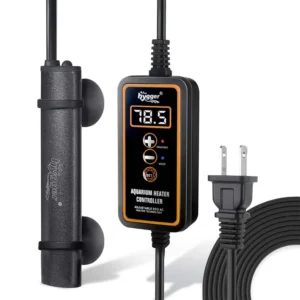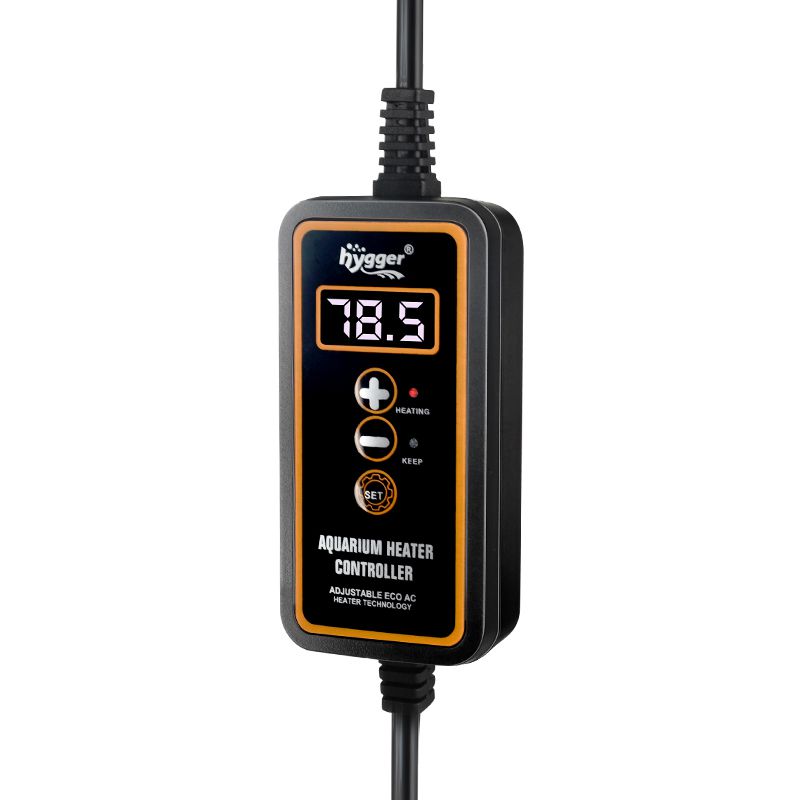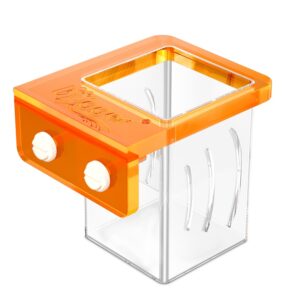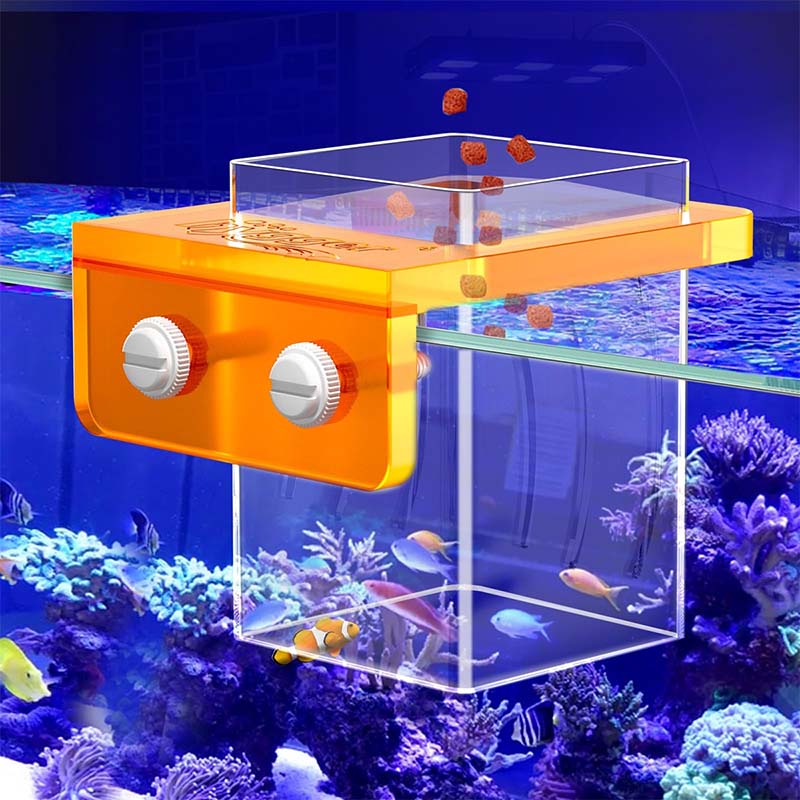What Are the Fastest Reproducing Aquarium Fish
How do you do, guys? Are you curious about fish reproduction? If you take notice of your fish, you may find fish bred by laying eggs or producing live babies. Want to know more about it? Just continue reading. Today’s article will get into deeper learning of fish reproduction, including basic information about how fish reproduce, the fastest aquarium reproducing fish, and breeding tips. Without any more delay, let’s dive in.
Content Table
How do fish reproduce in aquariums?
When it comes to aquarium fish reproduction, the combination of an egg and sperm is essential. Usually, fish’s reproductive organs are the testes and ovaries. Some fish are dioecious. It means that males have testes and females have ovaries. Also, some other fish are hermaphroditic, which have two sets of organs. It means they can produce eggs and sperm simultaneously. Moreover, some fish have secondary reproductive organs – genital papilla, which are small fleshy tubes at the back of the anal fin, and sperm is released from here.
In general, there are three common reproductive ways – ovoviviparity, viviparity, and oviparity. Next, we will take about it.
Ovoviviparity and viviparity
Ovoviviparous and viviparous fish are called livebearers. The former produces babies by means of eggs that are hatched inside the body of the parent. However, they do not gain nutrients from the parent, but from the eggs’ yolk. And the latter produces live babies from the body rather than eggs. But the babies fertilize and develop in the mother’s body. And the embryos can gain nutrients from the mother. Finally, the mother will produce live babies if the embryos are completely developed.
Oviparity
Oviparous fish produce eggs rather than babies. Usually, females lay eggs, then males fertilize the eggs. And the fry embryo grows in the eggs, which sometimes finish outside the body of the parent fish. Furthermore, oviparous fish can be classified into the following types:
- Nest builders: Some fish will build nests to protect the eggs until they hatch, like bettas. Commonly, the male builds the nest, while the female examines it. If the female is satisfied with the nest, she will lay eggs in the nest. Then the eggs will be fertilized by the male. (e.g. betta fish, gouramis, bluegills, and stickle-backs)
- Mouthbrooders: The female lays eggs in the water, which will be fertilized by the male. Then, one of the parents collects and holds the eggs in its mouth before they hatch. (e.g. betta prima, cardinal fish, and freshwater cichlids)
- Egg scatterers: In general, egg scatterers lay eggs in open water or adhere eggs to surfaces in the water, like plants’ leaves. When the male swims through, he will deposit semen to fertilize the eggs. (e.g. cardinal tetras, tiger barbs, zebra danios)
- Egg depositors: The female lays eggs in one place. As the male swims through the eggs, he will fertilize them. (e.g. clownfish, rainbowfish, and dwarf cichlids)
- Egg buriers: Some fish will dig the substrate and hide the eggs in the substrate. And the male dives into the substrate and fertilizes the eggs. (e.g. Killifish)
Do fish reproduce faster in warmer water than in colder water
How does a fish reproduce? Do fish reproduce faster in warmer water than in colder water? Actually, it depends on the fish species. Some fish enjoy the warm water, while some may become stressed under high water temperatures. Take guppy fish as an example, low temperatures may decrease the survival rate of small guppy fries. By the way, factors, including fish tank size, water quality, water flow rate, and others, will influence the water temperature.
Ornamental fish reproduce the most
Generally, fish’s fecundity depends on their size. In this segment, we will list some ornamental fish that reproduce the most, including the fastest reproducing fish’s reproductive features and maintenance tips.
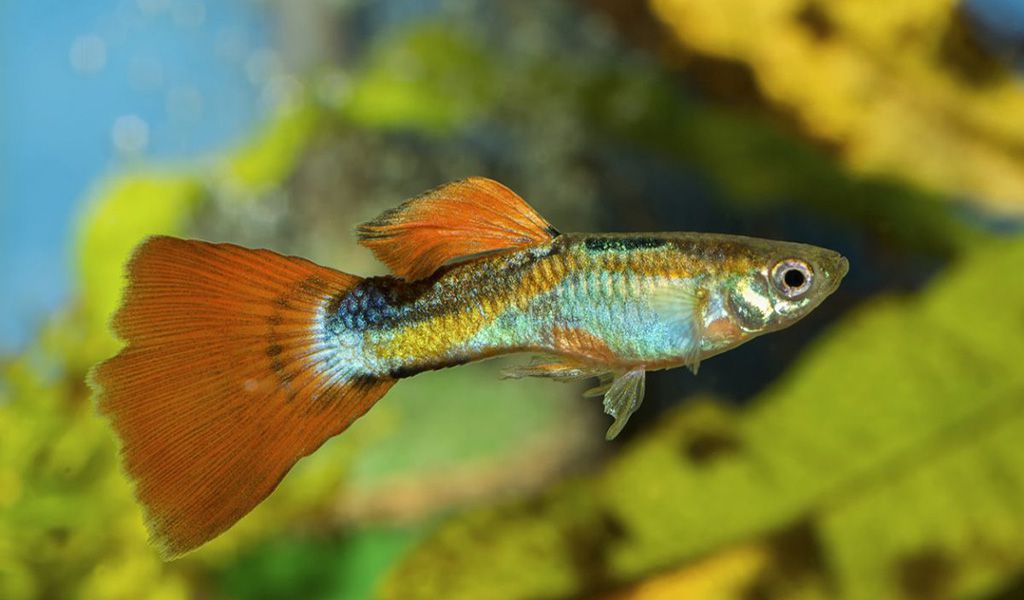
Guppy fish
Guppy fish are livebearers. With proper maintenance and a living environment, guppy fish can reproduce once a month or twice every three months. The gestation period is about 21–30 days. They can produce 10-100 small fish at one time, while some even produce more than 100 fish each time. On the other hand, the small fish will get sexually mature after three to five months, which means that they can reproduce. In addition to this, guppies can breed all year, even in winter. On the topic Are You Ready for Guppy Breeding, you can get more information about guppy breeding.
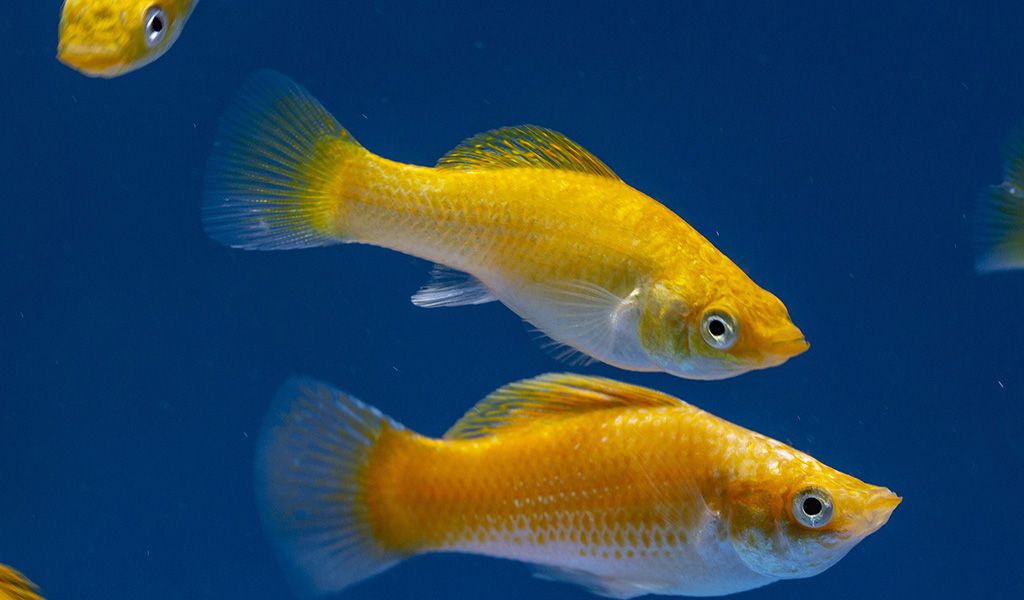
Molly fish
Molly fish are livebearers. They reproduce several times a year and can produce up to 100 fish fries. To control the survival rate of molly fish fries, you’d better set up a breeding tank. And make sure the water temperature is within 79-81℉. Also, it is necessary to provide hiding places for pregnant molly fish. Thus, you can add some live aquatic plants or other fish tank decorations.
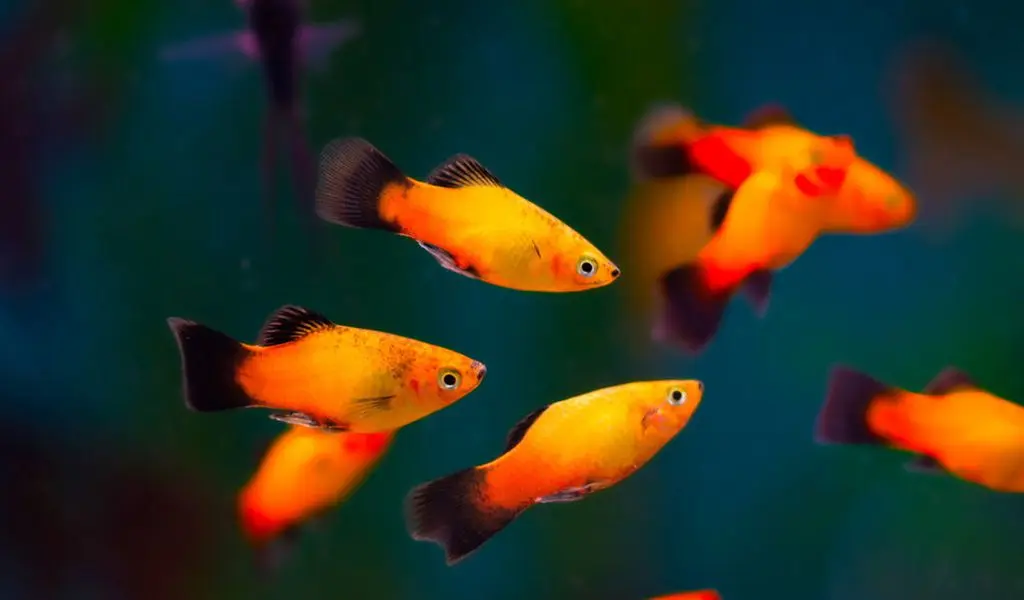
Platy fish
Platy fish are livebearers, and they can produce 50 fish fries at least. Furthermore, their gestation period lasts about one month. To keep the pregnant platy fish and fish fries healthy, you should pay attention to water temperature, tank decoration, fish stocking, and others. Commonly, the ideal water temperature should be 70-77℉. Besides that, adding some plants, caves, or other decorations to provide hiding places for the young platy fries. Otherwise, they may be eaten by the old fish. Concerning the fish stocking, it is best to keep the male fish to female fish at a 1:3 ratio. Or platy fish would fight with each other, facing too many males.
Ornamental fish breeding tips
Sometimes, frequent fish breeding is not good, especially in winter. This part will share some tips about ornamental fish breeding.
Tips about speeding up reproduction
- Maintain constant water temp: Frequent water fluctuation is bad for fish reproduction.
- Proper diet: Feeding some nutritious food is essential, like brine shrimp.
Tips about slowing down the reproduction
- Separate the male and female: Only keep male or female fish in a fish tank.
- Decrease the water temperature: Make sure the water temp is lower than the ideal breeding water temperature.
- Introduce other fish species: Reduce the chance to mate.

